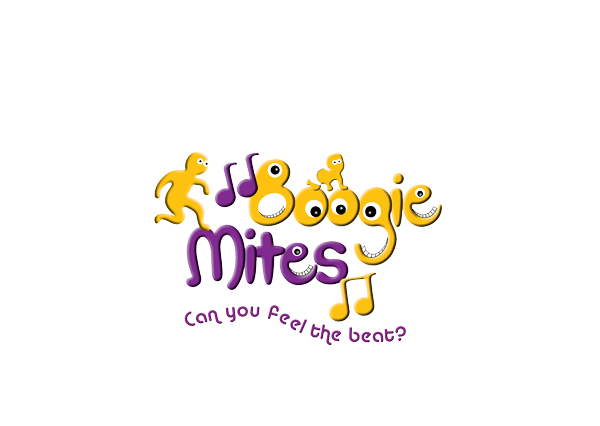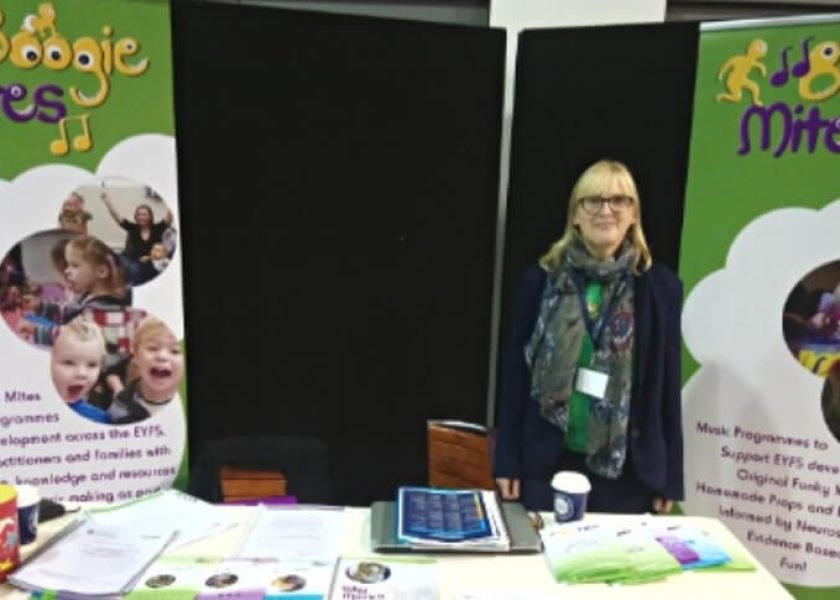
The Importance of Songs and Rhymes in the Early Years Foundation Stage
If you have spent any time in an early years setting, I am willing to bet that you left humming a song or rhyme that was firmly stuck in your head for the next few days.
Songs and rhymes are an integral part of the day in all preschools, nurseries and classrooms, but why are they so important and how do they improve early child education?
Research shows that “if children know eight nursery rhymes by heart by the time they are four years old, they are usually among the best readers and spellers in their class by the time they are eight”. (Mem Fox, Reading Magic)
5 benefits of songs and rhymes in early childhood education
- Listening to, and singing, songs and rhymes encourages language development. Songs and rhymes expose children to a wide range of vocabulary. Research has shown that children with a large and varied vocabulary achieve higher academically at school.
- Songs and rhymes support phonological awareness and auditory discrimination. Being able to hear and identify rhyming words enables children to breakdown the sounds within words which will later help with spelling.
- Numbers are a common element in many songs and rhymes. Number rhymes help children learn number names and become familiar with mathematical operations such as addition and subtraction.
- Songs and rhymes are naturally repetitive in both words and melody. This repetition helps children to embed information. Children are able to learn large amounts of information, such as the 26 letters of the alphabet, easily through songs and rhymes.
- Songs and rhymes promote creativity and imagination. Children use their imagination to create images of the characters and scenes from the nursery rhymes in their heads. The ability to be creative and imaginative will support children with story writing later on.
Making time for songs and rhymes, not just during transitional periods such as tidying up or washing hands, is vital. As well as listening to songs and rhymes, children should also be given the opportunity to perform them either individually, in small groups or as a whole class.
How performing songs and rhymes extends the learning opportunities
- Performing songs and rhymes is a great way to help children develop confidence. Performing in a group, rather than individually, is a good starting point for children who are not as confident with speaking in front of an audience.
- The addition of actions or movements when performing improves physical development. Children have to think about how to move their bodies in time to the music and work together as a group.
- Performing songs and rhymes helps to encourage clear, spoken language. Learning how to project your voice and speak clearly helps to work the muscles in the mouth which are needed for correct phonics pronunciation.
- Performing is a brilliant way for children to explore adding expression to songs and rhymes. This understanding of expression will be used for reading in the future.
So now you know why listening to, singing and performing songs and rhymes is so important for child development, how should you go about teaching them in your early years setting?
Follow these five simple tips to ensure children get the most out of songs and rhymes:
- Eye contact – using eye contact signifies to children that you are engaged and present. It also supports social and emotional development as children can see the emotions and expressions on your face.
- Enjoy it – if you look awkward or unhappy children will not want to sing with you. Smile, have fun and be silly!
- Sit at their level – sit on the floor with the children. Getting down to their level will increase engagement and also allow the children to see the shapes your mouth makes which will help with articulation.
- Little and often – young children have a very short attention span, so keep music sessions short and active. Several five-minute sessions throughout the day are much more beneficial than one long half hour session.
- Read books that include rhymes – there are many wonderful books which use rhyme to tell the story. Point out rhymes during story time and talk about the sounds. As children become more confident with rhymes, try pausing before you read the rhyming word to see if children can fill it in.
Boogie Mite use nursery rhymes alongside their original songs to harness these and wider benefits of music by providing rich auditory experiences through the upbeat original recorded music – boosting engagement, rhythmic and melodic awareness skills and family/community cohesion opportunities.
Author bio
Alice and Abbie are the founders of Play Makes Sense, a company set up to showcase the incredible benefits of learning through sensory play. They are qualified teachers with 10 years’ experience between them, leading both the Early Years Foundation Stage and Key Stage 1. Alice and Abbie left teaching to have their own children, but they never lost their passion for play and learning. Their sensory play activity cards are used by teachers, educators, childminders and parents to support children with phonics and maths through simple, meaningful and engaging activities. To find out more, visit the website https://www.playmakessense.co.uk or follow them on Instagram https://www.instagram.com/playmakessenseuk







